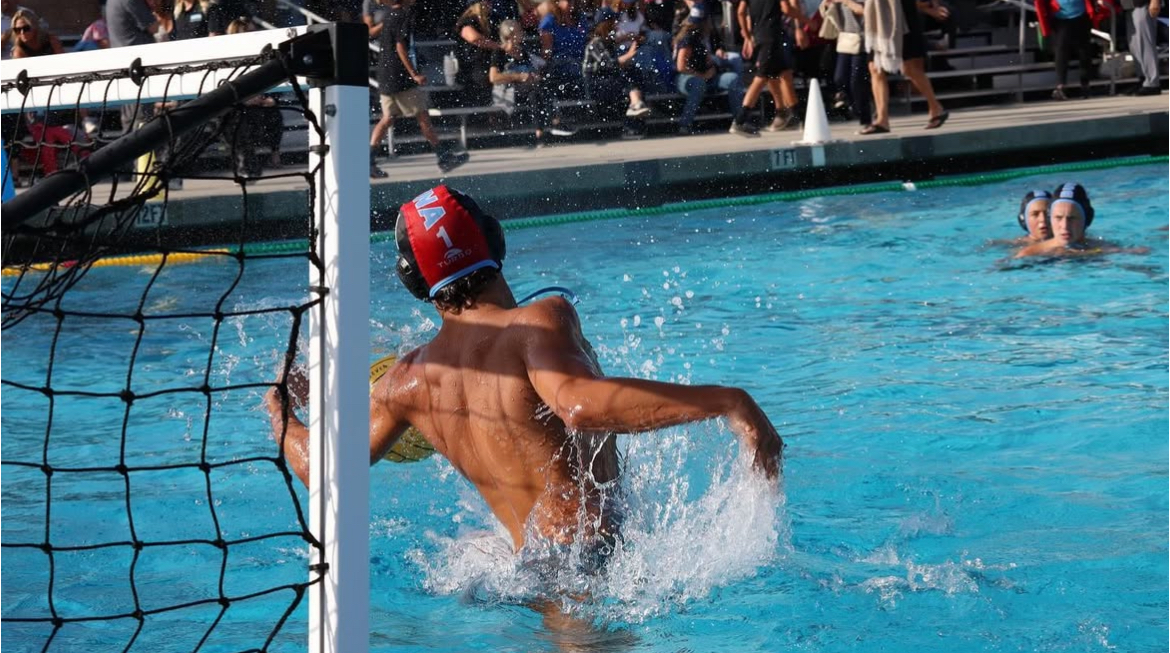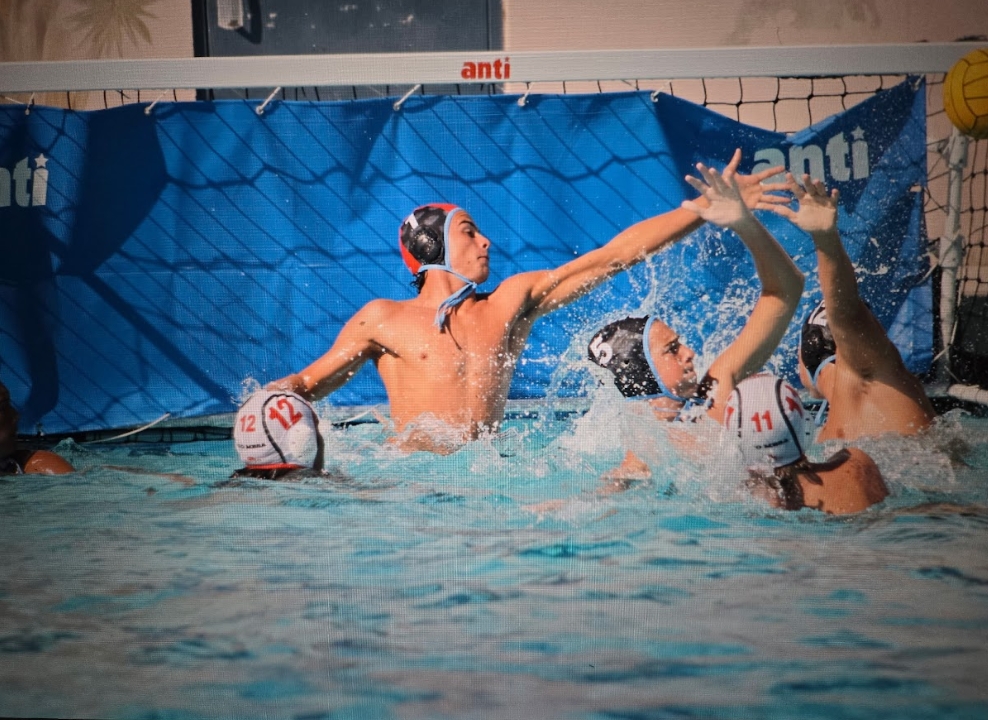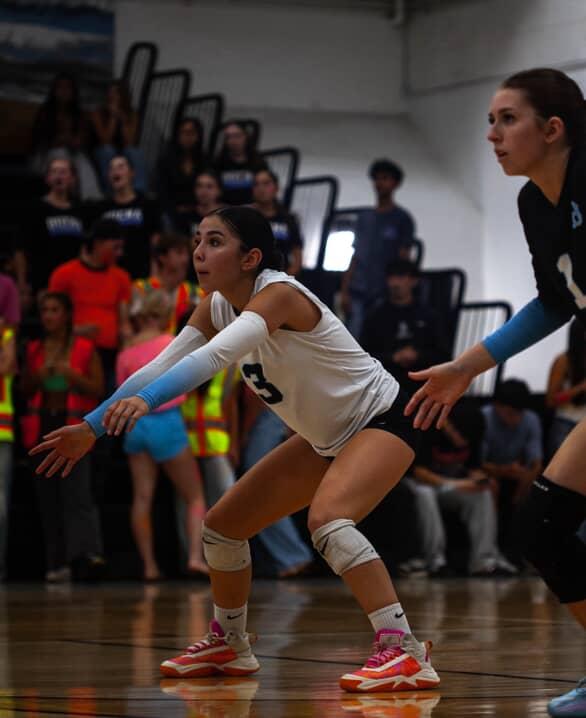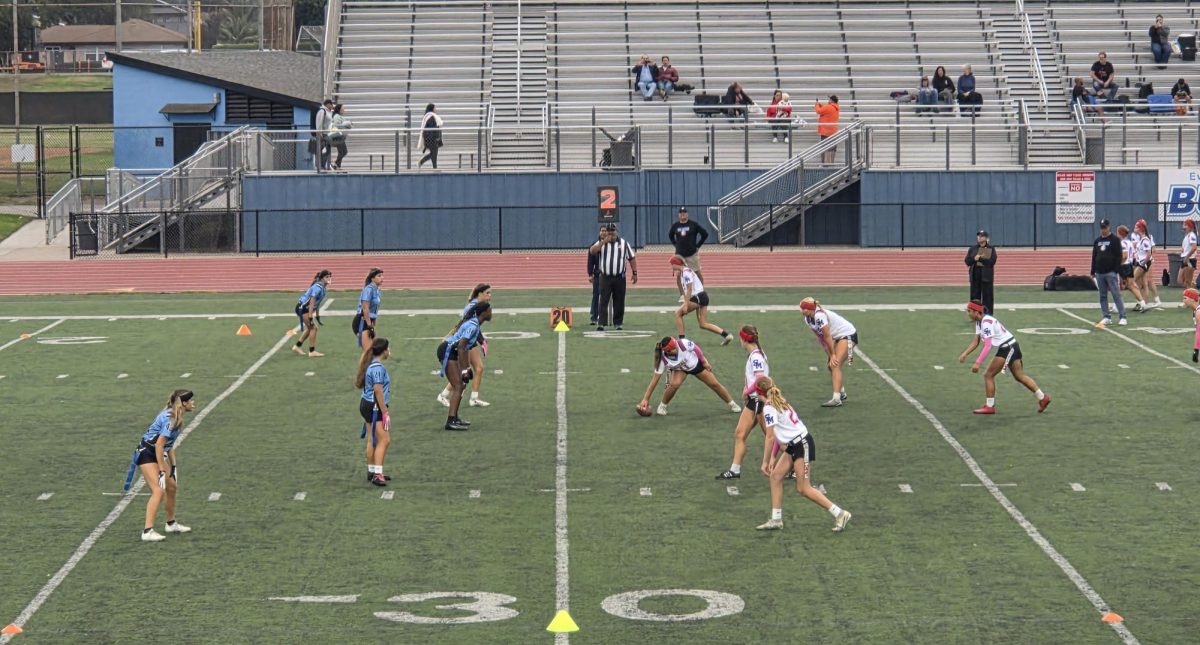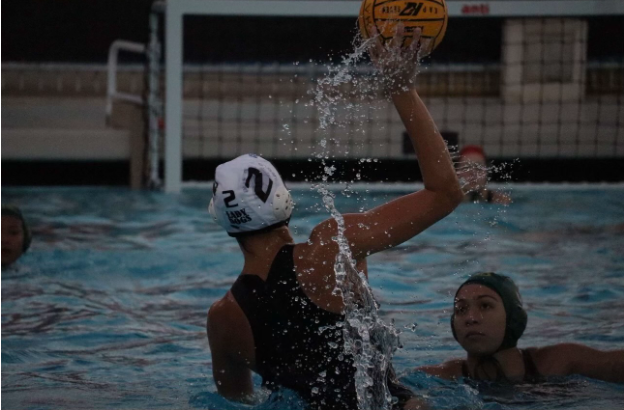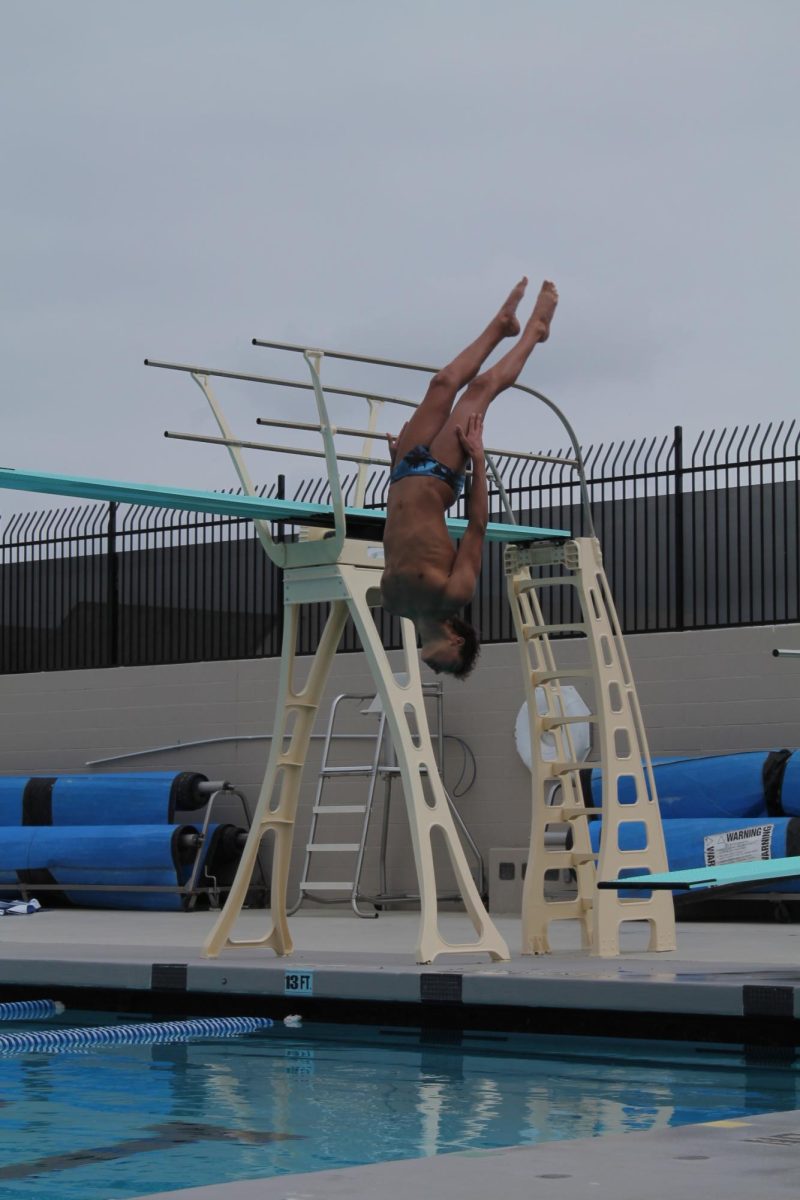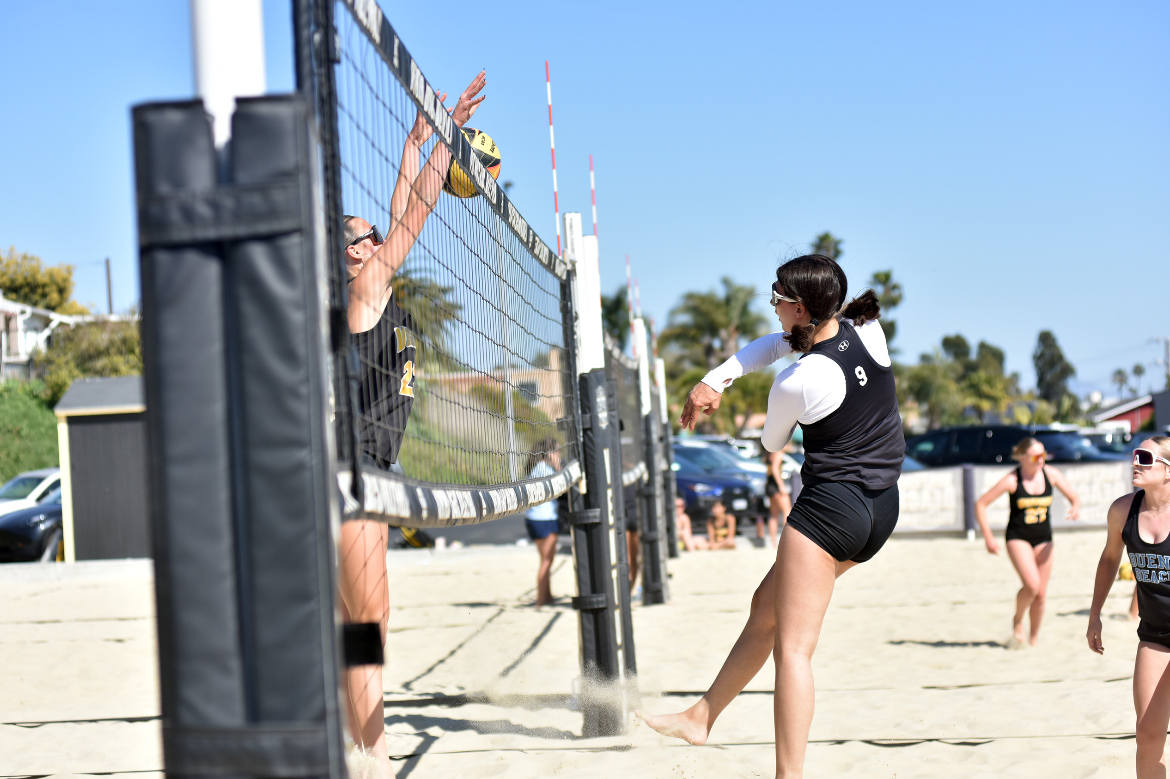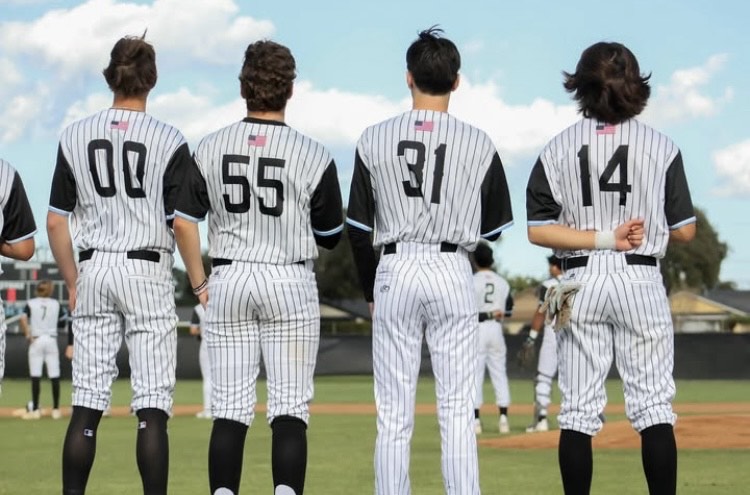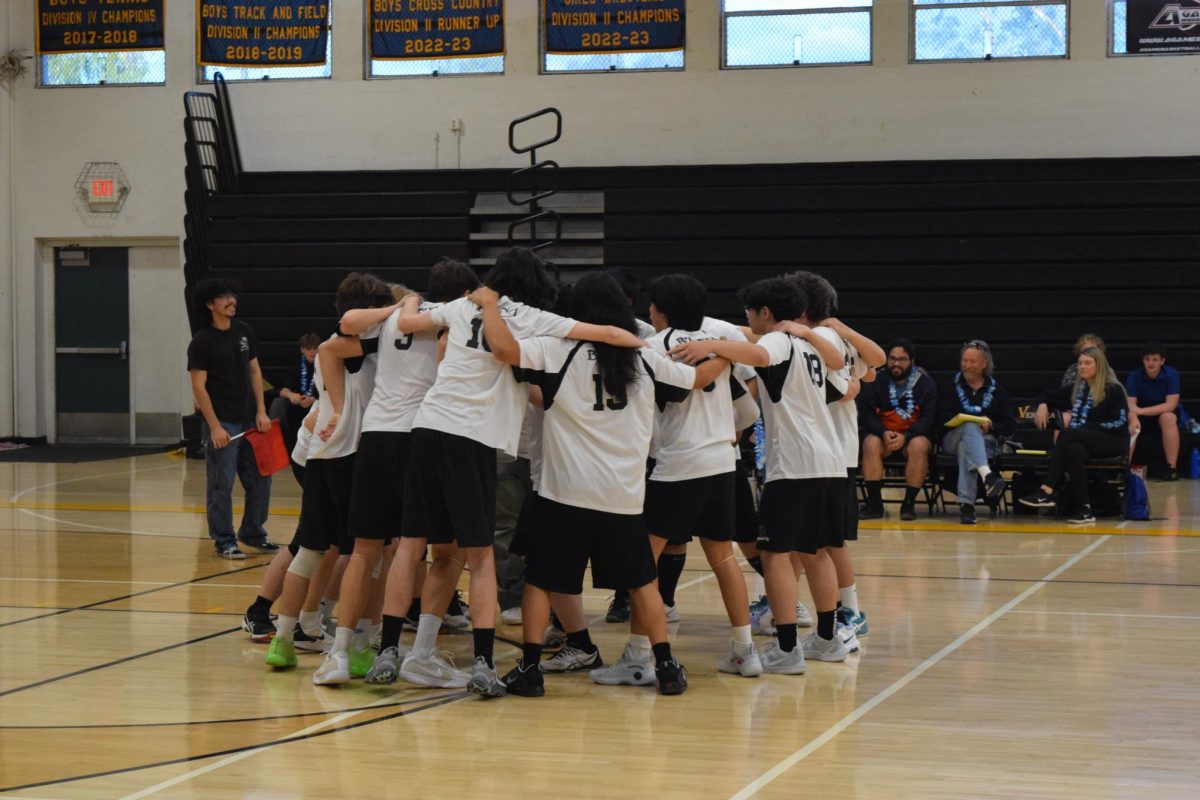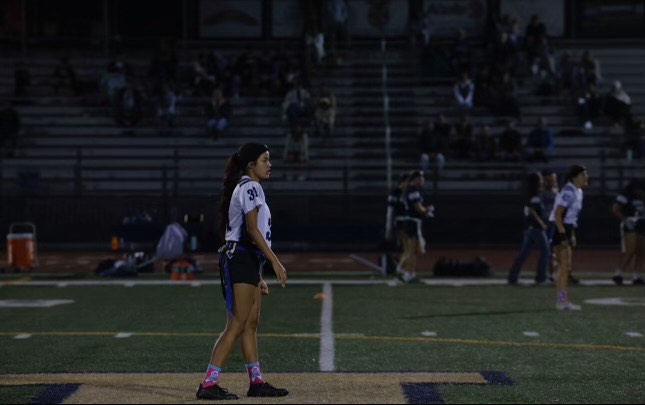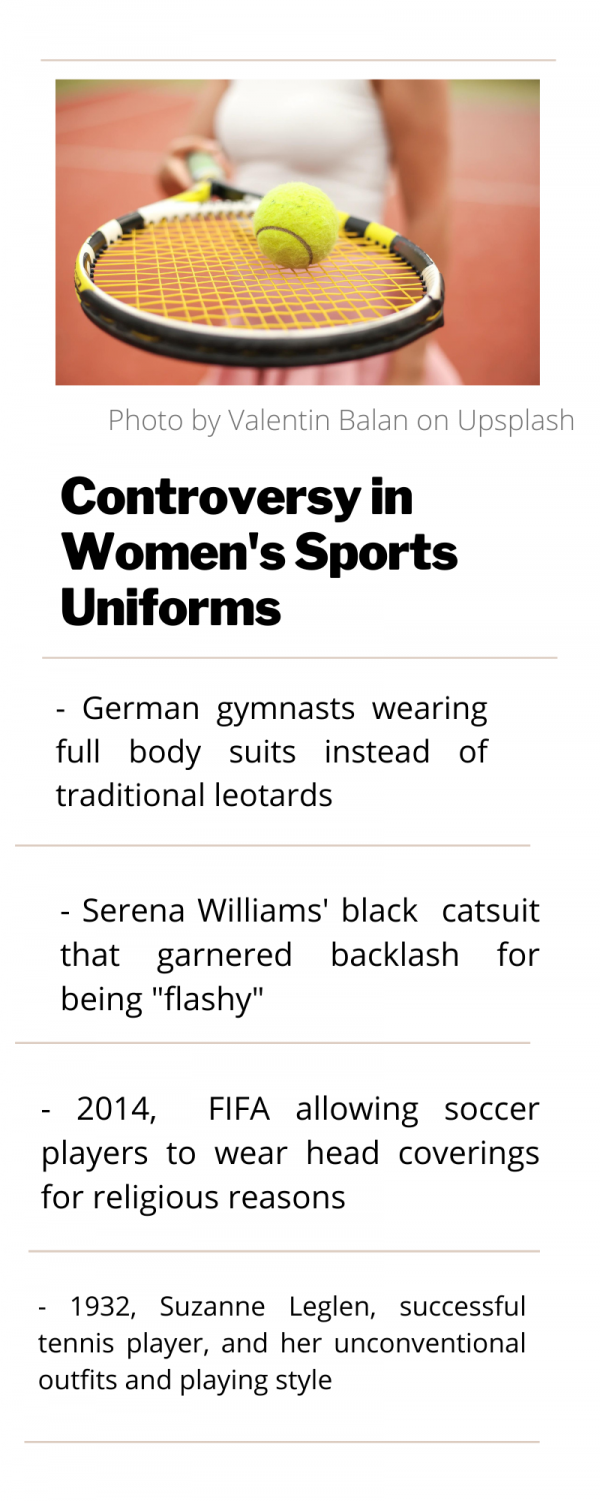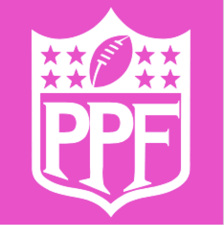What’s wrong with shorts?
Continuing the discourse between women and dress code.
More and more women’s sports teams are beginning to challenge the dress codes. The Norwegian women’s handball team is one of many instances where uniform norms and regulations are being protested against. The result of this act marks great progressive movement in the sports world.
November 4, 2021
It was July 19, 2021 when an official statement was released saying that the Norwegian Women’s Handball team was being fined for wearing elastic shorts instead of bikini bottoms. This is a problem that reinforces control over what women want to wear.
The issue may be resolved now according to the European Handball Federation, seeing as rules to change the uniform regulations are set to come into effect in January.
The past beach handball regulations stated women were required to wear “bikini bottoms . . .with a close fit and a cut on an upward angle toward the top of the leg . . .side width must be a maximum of 10 centimetres”. Compare that to the men’s team, who are allowed to wear tank tops and regular shorts that are no more than 10 centimetres above the knee. What’s the reason behind the difference between these two dress codes. There’s no logical one.
Women should be free to choose what they want to wear whether it’s bikinis or shorts with a tank top. The new regulations allow players to wear shorts up to the mid-thigh. Why were those regulations set in the first place?
In most forms of media and entertainment, you will observe women having to wear revealing clothing or act provocatively in order to attract audiences. Sports culture has always been gendered, it’s hard to deny the idea that sex sells.
Women’s dress codes in sports were first made to gain support by using their sex appeal, they would wear things that would attract more viewers. This idea has carried on through decades and while it did first spark interest in women’s sports, it has also led to objectification.
Of course, there are women who prefer to wear bikinis because it’s hot, they’re playing in the sand, it’s more comfortable for them, etc. Many beach volleyball players prefer bikinis because there are fewer places where sand could get lodged.
However, some women would rather not wear bikini briefs and feel more comfortable wearing shorts. Others come from different backgrounds, they can’t wear bikini briefs or sport bras as their uniform due to their culture or religious beliefs,
The problem lies in the fact that women are not in control of what they want to wear in these sports.
Female athletes are more than capable of making their own decisions when it comes to what they wear on the playing field. If bikini bottoms suit them more, great. If they prefer shorts, that’s also okay.
Why are women being punished for wearing what they feel the most comfortable in?
“It’s not really about modesty, it’s more about perceived standards,” junior Amber Gale said.
Styles and standards change with each generation, more and more traditional values begin to be challenged and there should be progressive movement in the sports world too.
The unconscious bias that lies within all of us because of the way we may have been raised, has a large impact on the way we perceive others and the way we perceive ourselves.
Middle school teacher Laurie Curtis-Abbe, who studied women’s studies at the University of California, Santa Barbara, said “Humans are inclined to pre-judge, but do you stay inflexible with those pre-judgments? If you remain inflexible then that’s where problems come.”
Contradicting values and teachings like these offensive dress codes confuse girls and boys alike. Girls do not know how to appease society and boys (and everyone else) learn to see a woman’s value through what she chooses to wear.
Women deserve respect, regardless of what they are wearing, and they should be able to decide what’s good to wear for themselves.
Let us begin to work toward gender parity in sports, in the workforce, and in school.
I’m glad to see these changes begin to happen, especially in women’s sports as they are gradually allowing women to choose what to wear.
It does not have to end there. There is almost always room for improvement in dress codes and women deserve to be heard, especially when they are the ones in the playing field.






